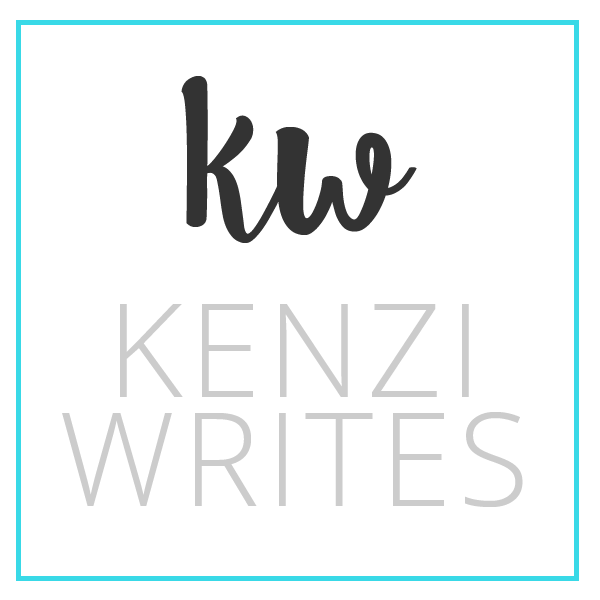While most marketers know Pinterest is a search engine, we still don’t optimize for Pinterest as we do for, say, Google search. But if your audience is part of the 250 million people on Pinterest, you need to optimize your content.
After all, what’s the point in creating and pinning content if no one sees it?
With that in mind, here’s a nifty checklist I created to make the most out of Pinterest as a search engine.
Checklist: Optimizing Pinterest pins for SEO
1. Purpose and popularity
Understand the purpose and goal of Pinterest
Years ago, I can’t tell you how many hours I spent on Pinterest planning my wedding. And I’m not alone.
Users hop on Pinterest to do research. It’s a place where Pinners are getting ready to buy; it’s a tool to plan for the future.
Pinterest is fantastic for B2C marketers in particular, although it’s also useful as a lead gen platform for B2B.
Understand that Pinners are way ahead of what’s happening right now. If it’s currently July, they’re already planning for October.
Cater to how people are actually using Pinterest. Schedule your pins way in advance of trends and seasons. If you rely on Christmastime promos, get those out at least by October for traction.

Popular pin ideas
According to Pinterest, these are the most popular pin categories on Pinterest:
- Food and drink
- Home and garden
- Beauty
- Style
- Travel
Pinners tend to prefer pinning content from these categories. That doesn’t mean you can’t get traffic for, say, a car repair business. It’s just going to be more difficult because users aren’t on Pinterest searching for that information.
Make sure your content connects with Pinners’ intent. Otherwise you’ll waste a lot of manpower pushing content that Pinners don’t want to see.
2. Build your following
Smart keywords
Unlike hashtags, keywords display search page results.
Much like a Google SERP, Pinterest displays the most relevant pins to users searching for a particular phrase.
Make the most of keywords by:
- Including relevant, useful descriptions to every pin. Make sure you use the keyword, but not in an obvious, spammy way.
- Mixing both long- and short-tail keywords if possible.
- Adding alt-text to all images on your website. This makes it easier for users to share keyword-rich content if they decide to pin directly from your site.
- Split testing pin descriptions.
- Adding keywords to your Pinterest profile description.
- Using non-branded keywords. Most Pinterest searches are vague, since users are in research mode.

Hashtags
A hashtag will display the most recent results in a feed. Unlike keywords, which are ranked by relevance, hashtags are all about timing. If you’re a small brand and want more exposure, hashtags are a great way to grow your Pinterest following.
Follow these best practices for hashtags:
- No more than 20 hashtags per pin. Aim for relevance over quantity here.
- Add hashtags to both organic and Promoted Pins.
- Put hashtags at the very end of the Pin description.
- Create a branded hashtag. If I created one, for example, it would be #KenziWrites.
- Mix both broad and specific hashtags to find what works.
The 80/20 rule
It sounds counterintuitive, but the best way to find followers on Pinterest is to share other people’s content. By becoming a resource hub and trusted source of information, more people will flock to you.
Why? Because you aren’t on Pinterest just to talk about yourself. You’re using the platform as it’s intended. Users will reward you for your hard work with a follow.
You want to share other people’s content 80% of the time, and dedicate only 20% of your Pins to your brand.
Clearly structure boards
The 80/20 rule leads into the next consideration: board structure. Create boards where you share your brand’s content and other people’s content.
For example, if you’re a sunglasses brand, you would create boards for all of your content, as well as a board like, “The Best of 2018 Sunglasses,” where you share other people’s Pins. Make sure to set your own board to “Featured” so it gets a little more real estate on your profile, though.
Follow these best practices for board structure:
- Create 5 – 10 boards. Ideally, these board titles and descriptions should match up with your keywords.
- Vary board topics. If you sell sunglasses, create a board for rose-colored sunglasses, one for prescription sunglasses, and another for kid’s sunglasses. Each board should be specific enough that users go there for certain information.
- Always create a cover image for your boards. Otherwise, Pinterest will pull one for you.

3. For Pete’s sake, follow creative best practices
Most of us know the drill by now, but I still see downright ugly pins from brands on Pinterest. Follow this checklist to produce pretty Pins that convert, according to guidelines from Pinterest.
Size and color
Death to horizontal pins! Follow these size, color, and formatting rules from Pinterest to stand out.
- Use vertical Pins. The best pins follow a 2:3 ratio. So, for example, create Pins that are 1000 px by 1500 px.
- Off white backgrounds. A pop of color is important, but you want a simple focal point for Pinners. Let the object in your Pin shine against an off-white background.
- Simple and clean. Please don’t overload a Pin with tons of crazy colors, or more than 4 images, max.
Tasteful design
Pinterest is a huge feed of information. Design tasteful, timeless Pins that will attract users all year round.
- Very high quality images. Seriously. Your smartphone probably won’t cut it here. Pinterest is a highly visual platform.
- Add your logo. But don’t make it over the top. Many brands have success with adding a subtle white overlay of their logo.
- Use little text on your Pin image. Let the description speak for itself.
The bottom line
Although Instagram has picked up a lot of steam, Pinterest is a viable and valuable search engine / social network for your brand. If you aren’t seeing results with your current Pinterest efforts, try putting this checklist to work for your brand. Who knows; you might become the next big thing.

